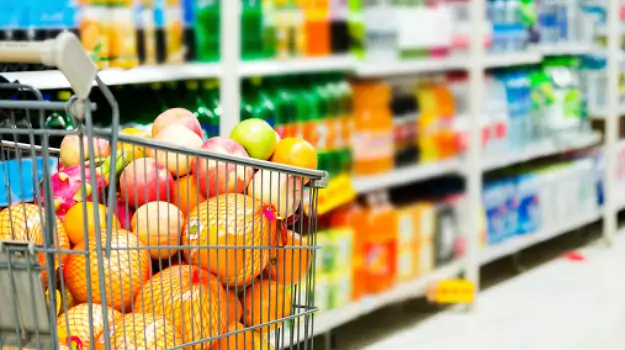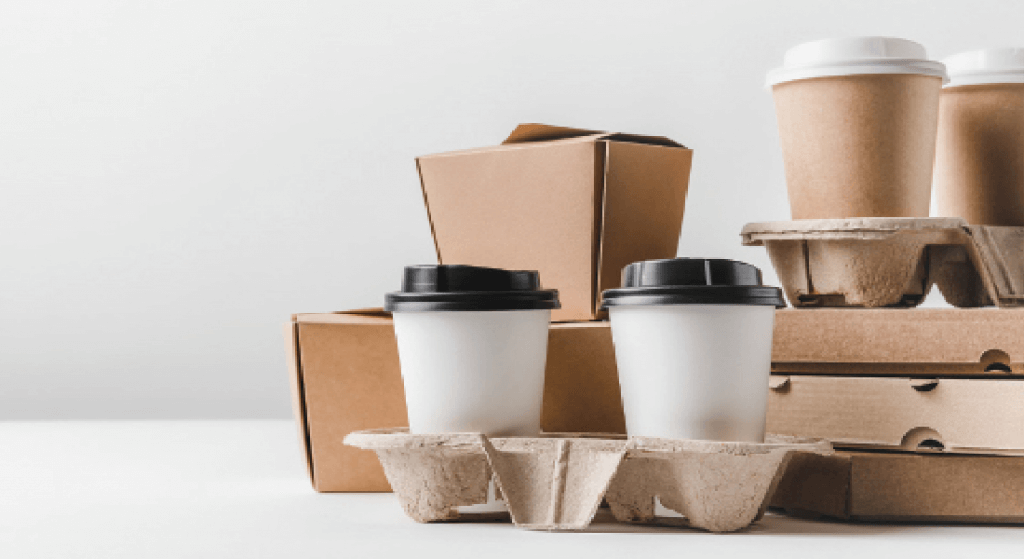When shopping for groceries, it’s a good idea to stick with bagged packaged goods. They offer the advantages of convenience and ease of use. They’re also recyclable and environmentally friendly. But what are their disadvantages? Here are some tips to choose the most sustainable option.
Convenience
The benefits of bagged packaged goods are numerous. Not only do they keep food fresher, they are easy to carry and store. Not only that, they are also cost-effective. They allow businesses to save on distribution costs. Additionally, bagged packaged goods help small business owners operate more efficiently. The following are some of the benefits of bagged packaged goods. For small businesses, these benefits are a great advantage. Read on to find out more.
Bagged packaged goods are easier to carry, store, and ship. They also look more professional. This is why many consumers prefer to purchase their goods in this manner. The convenience factor can also lead consumers to purchase more products when they are packaged well. Bagged packaged goods are also easier to carry and store, making them more appealing to consumers. Therefore, businesses should consider using bagged packaged products when making their marketing plans. These benefits make it easy for companies to save on transportation and storage costs.
Bagged packaged goods are easier to handle. They come in convenient sizes and designs that make them easy to handle. They are also very cost-effective. These features can help your business stand out from its competitors. Bagged packaged goods can also give your company an edge over the competition. If you’re planning to invest in a bagged packaging system, here are some things to consider:
Bagged packaged goods are generally healthier than their unpackaged counterparts. They don’t contain harmful preservatives or nitrates, phosphates, and chemicals. They also usually come with clear labels and are easy to store. This makes them a smart investment for busy households. The benefits of bagged packaged goods outweigh the cons. A great bagged package should save you time and effort at the grocery store.
Bagged packaged goods increase the perceived value of the product. When the packaging is attractive, people are more likely to buy the product. That increases the profit margin, which is great for businesses. Bagged packaged goods are also convenient and save businesses time during shipping and shelving. This is one reason why many store owners place a high priority on convenient packaging. Bagged packaged goods are easy to store and carry. However, it’s important to research the quality of bagged packaged goods before purchasing them.
Economical
When searching for economical bagged packaged goods, there are several factors to consider. The first consideration is size, and second, resealability. Finally, the bag must be high-quality and resealable. Statistics show that Americans use 10 billion bags per year to package groceries, or about 300 per person. While many grocery stores charge for plastic bags, paper bags are growing in popularity, so it’s important to choose the right one.
Consumers also prefer bagged packaged goods. They are easier to handle, take up less space, and reduce transportation and logistics costs. They give retailers a competitive advantage over their competitors. Bagged goods aren’t always cheap, but they are worth the cost of convenience. If you’re a retailer looking for ways to increase your bottom line, consider switching to bagged packaged goods. Listed below are the benefits of using these bags.
Bagged packaging can be used in a variety of industries, from the pharmaceutical industry to the food and chemical industries. Some grocery chains will package all of their merchandise in one bag. Vacuum-sealed storage bags can make the process of packing clothes much simpler. Bagged packaged goods also save you time during shipping and shelving. Many store owners prefer this option because it is convenient and economical. And since they can be carried easily, these bags are a convenient way to keep clothes clean.
Another benefit of using bagged packaged goods is that it protects your products and makes them easier to handle. The packaging is easy to carry and provides exceptional quality at an affordable price. In addition to protecting your goods, bagged packing also improves the perceived value of the product. Consumers love the convenience of bagged packaging, so it makes sense to consider this option for your business. Even Amazon is interested in using these packages to ship their items.
Plastic bags are another great option for storing goods. They offer extra protection against moisture, dirt, and tampering, which is great for clothing, tools, and other items. Most grocery stores use plastic bags for both food and non-food items. Some consumers think that plastic wrap is harmful for the environment and generates more waste. Others say it’s better to protect the food from the elements than risk its contamination.
Environmentally friendly
More consumers are concerned about environmental issues, and the use of environmentally friendly bagged packaged goods is becoming more common. Today, recycling technology is improving, and more materials are being used in packaging and new products. For business owners, the opportunity to improve their brand image and reduce their carbon footprint is a valuable one. By adopting a more eco-friendly approach to packaging, your business can be recognized as an environmentally-friendly option and increase its brand recognition.
Many countries have made progress toward these goals, and some even go beyond the strict recycling regulations in the European Union. France, Germany, and the United Kingdom have all implemented legislation and aggressive recycling targets. Other countries have embraced such initiatives as requiring businesses to reduce the use of single-use plastics or implement fees for packaging that can’t be recycled. But no matter where you live, there is an environmentally-friendly bagged packaged goods solution available.
When shopping for environmentally-friendly bagged packaged goods, consider their size and packaging. Should they be resealing or can they be recycled? Do they contain harmful chemicals? Are they reusable? Bagged packaged goods are an easy, convenient, and eco-friendly option for many consumers. By reducing waste and reducing packaging waste, these products will save you time and money at the store. However, consumers should also consider the type of bag they purchase and how long they should keep them.
Many companies have embraced environmentally-friendly packaging as a way to increase their visibility. For example, Maison Tess., a high-end home textile brand, offers reusable packaging. Their orders are delivered in cotton drawstring bags. FoodCraft, which specializes in organic and locally grown foods, uses plant-based PLA boxes that are compostable. In addition, reusable containers are becoming increasingly popular. This can help your brand differentiate itself from the competition.
In addition to compostable packaging, many companies are also opting for environmentally-friendly alternatives to petroleum-based ones. Some of these alternatives use sustainable bioplastics and plant-based extracts to create bags without hazardous chemicals. Some of these alternatives even use natural ingredients like mushrooms. These edible mushrooms can be made out of agricultural waste and mycelium, which are both renewable and free from chemical ingredients. If you want to support these companies and use environmentally-friendly packaging, consider these three tips.
Recyclable
The packaging for many products is made from plastic film and is often not recyclable. The bags are typically made from polyethylene terephthalate (PET) or a similar material. If you’d like to recycle these materials, be sure to follow recycling guidelines for bagged packaged goods. These bags are usually made from PE-PE films. Some companies are starting to work with other materials to create bagged products that are recyclable.
A common example of packaging challenges is the padded envelope, which is made of several layers. The lack of recycling markets limits the ability of recycling molded plastics. Plastic air pillows and Styrofoam peanuts are another example of multi-layer products that are not recyclable. Most people have a basic understanding of the problems associated with overpackaged items. Fortunately, there are many options to combat these problems.
A recent example of a successful attempt to reduce waste is the repositioning of laundry detergent. An US company reformulated its laundry detergent and made it more concentrated to reduce the overall weight of the packaging. This new design features a plastic sleeve inside a rectangular cardboard package, which also serves as a sustainability benefit. However, composites can be difficult to recycle. As a result, there are many alternatives to conventional packaging.
Corrugated boxes can be recycled at nearly 100 percent. Plastic bottles, however, need to be rinsed and emptied. Plastic bottles with motor oil, decorative tins, and sets of pots and pans, as well as glass containers, are not recyclable. Some grocery stores and big-box retailers accept plastic bags for recycling. If you’re looking for a convenient recycling solution, there are several options available in your area.
The majority of bags used for packaging are recyclable. Many of them are made of plastic. They are usually used for food. But cans are also becoming more common for other goods. Not only do they prevent contamination, but they are also very lightweight and easy to store. When you’re ready to go for the next time you pick up a canned good, consider using a reusable bag for your next purchase. It won’t cost you much to buy a reusable bag.









